What is a crane? The crane is a mechanism that uses a series of simple machines to both raise and lower objects, and they also move horizontally.
They are always equipped with at least one coil, cables, ropes or chains, and pulleys.
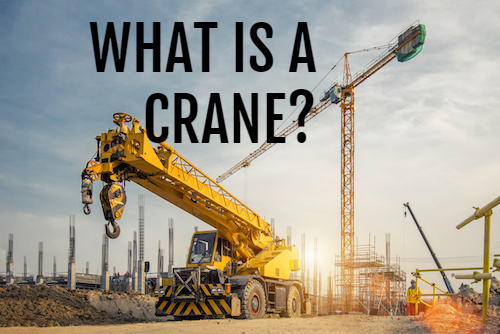
Crane Driver
Crane operator job description:
Lifting loads: Cranes can use a combination of simple machines to gain a mechanical advantage and lift objects.
- The first is the lever, which is used in the balance style crane. The beam of the crane is in balance at the point of support, which allows it to lift heavier objects with a lesser amount of force.
- The second is a style arm crane, which uses pulleys to achieve a mechanical advantage (but note that all cranes use pulleys, in this case, the pulleys are the main source of mechanical advantage).
- The third form of a crane can lift objects by using a hydraulic cylinder, either directly or in the feed of a balance or antenna.
Horizontal movement: The horizontal movement of a crane can be achieved in one of two ways.
- The first is to mount the entire device on a rotating pivot, and simply rotate the load-bearing boom or beam around. This is very common in mobile cranes and fixed cranes also used in construction.
- The second method is to roll the load back and forth on the tracks along the bar itself. This is very common in fixed cranes in ports and railway stations.
Balance: A final consideration in the way of working is the stability of the cranes. A crane is stable when the sum of all the movements on the base is equal to zero.
As a practical matter, this means that the nominal load size of the crane must be smaller than what would be necessary to tilt the crane.
In the United States, a mobile crane can only lift 85 percent of what it would take to tilt the crane. That margin is to realize the potential instability so the mobile crane happens to turn around.
How does a crane work?
Cranes have been part of the construction process since its invention in Greece.
The cranes are essentially for heavy construction work (although there are also workshop cranes that are smaller in scale) and for all types of lifting tasks.
Equipped with cables and pulleys and based on the application of fundamental mechanical principles, a crane can lift and lower loads that no human working capacity could.
Crane design has evolved to meet the demands of a wide variety of industrial needs, and modern cranes often coordinate simple systems to accomplish complex lifting jobs – sometimes in environments that would be dangerous for human workers.
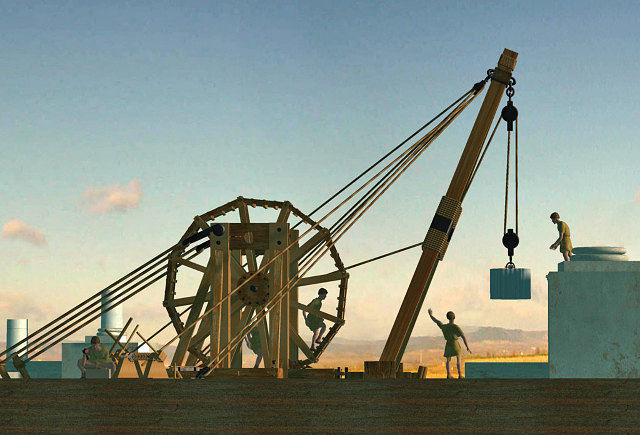
History of cranes
The crane is the “evolution” of the load prop that, since antiquity, has been used to perform various tasks.
There are ancient documents where the use of machines similar to cranes by the Sumerians and Chaldeans is evidenced, transmitting this knowledge to the Egyptians.
Ancient Greece: The first cranes were invented in ancient Greece, driven by men or animals. These cranes were used mainly for the construction of tall buildings. Subsequently, larger cranes were developed using pulleys to allow higher weight lifting.
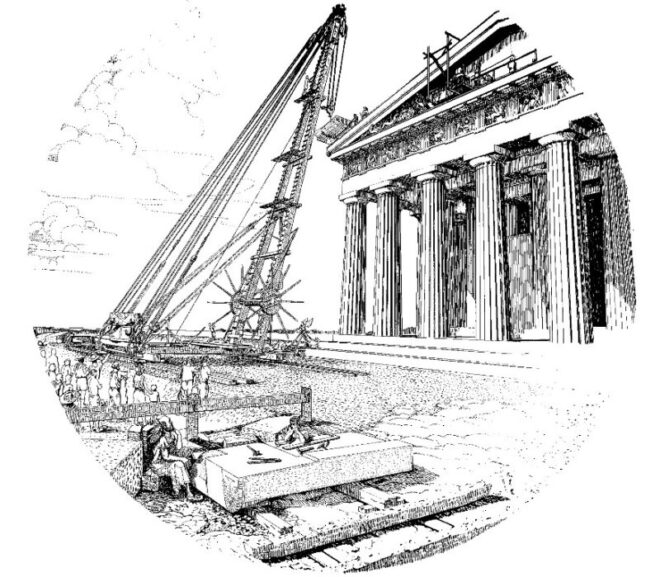
Middle Ages: In the High Middle Ages it is used in ports and shipyards for the stowage and construction of ships. Some of them were built anchored to stone towers to give additional stability.
The first cranes were built of wood, but since the arrival of the industrial revolution, the most commonly used materials are cast iron and steel.
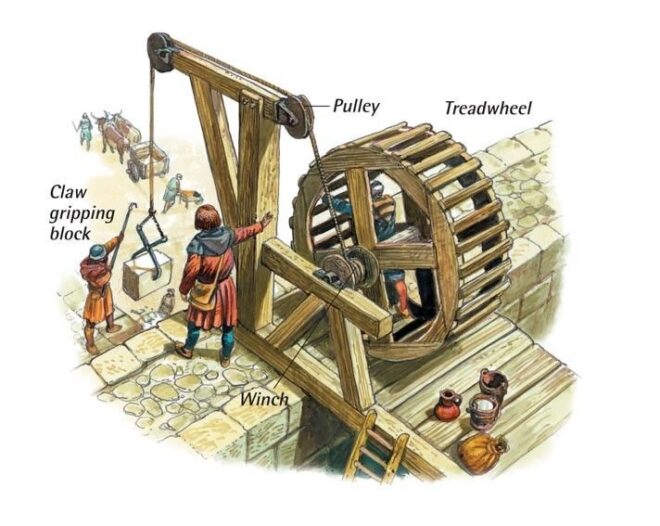
Mechanical crane
How does a crane work?
To operate efficiently and maintain its vital stability, all cranes must obey the laws of physics. The two most important considerations in this regard are that the crane must not move weights that exceed its capacity, and that any sudden movement that occurs above the supporter of the machine should be eliminated as it may be.
How does it work? A crane is capable of lifting objects because the load is compensated by the counterweight and results in the stabilization of the crane, which allows it to lift and move its load.

Motor crane
The cranes are generally powered by electric motors, hydraulic power or internal combustion engines, but the rapid technological development will allow us to see another type of food in the future.
Types of crane
Today’s construction is an important part of industrial culture, a manifestation of its diversity and complexity, and a measure of its mastery of natural forces, which can produce a wide variety of environments built to meet the diverse needs of society. Cranes are some of the most important equipment in the construction industry.
Modern construction machines include fixed tower cranes, huge shipyard gantry cranes, truck-mounted cranes, and more. The different types of cranes work in very different ways, so each construction crane adapts perfectly to the job for which it is designed.
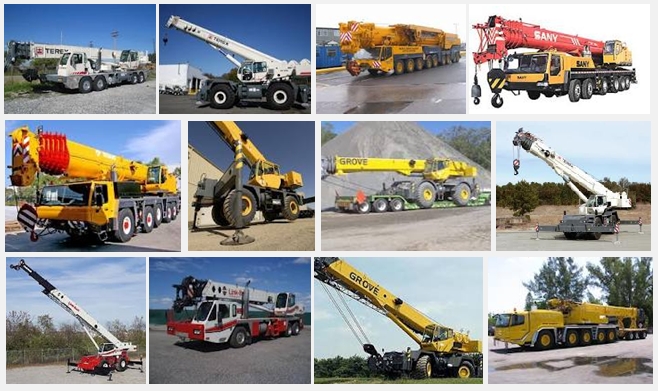
Tower crane
This type of crane is normally used in urban construction sites. This machine is anchored to the floor and provides an optimal mix of height and lift capacity which is commonly deployed in building construction.
Two horizontal arms emerge from a central tower, in which one is used to suspending the heavy loads that will be lifted and the other serves as a counterweight. A tower crane is controlled by a person who may be sitting on the top of the crane, or use a remote control system to operate the machine from the ground.
Mobile Crane
Mobile cranes are commonly found on vehicles, but cranes used for railroad work are adapted to move on rails, and several cranes can be attached to barges when used for construction work on waterway bridges.
The lifting arm is normally articulated to allow lifting and reduction as required. Normally this is achieved through a system of cables or hydraulic mechanisms, and the entire mobile structure can be coupled to a support to provide more stability during its operation.
Workshop crane
These types of cranes are used in daily activities and delicate tasks. Being extremely cost-effective, workshop cranes have a wide range of use in the manufacturing areas.
They are excellent for vehicle maintenance work, machinery loading and various types of tool change
Telescopic crane
Driven by a hydraulic mechanism, a telescopic crane features a set of concentric tubular arms that can be extended and retracted easily to alter the height of the crane.
It is usually mobile, these adaptable cranes are compact units that perform efficiently in tight spaces.
Static crane
The word “static” refers to the characteristic that the crane is installed in a certain place, instead of being transported. This is the most marked difference between this type of cranes and mobile cranes. In this category are several types of cranes such as the tower crane.
Bridge crane
This crane employs a strong gantry to maneuver and lift extremely heavy industrial loads. This type of crane is used in factories and shipyards where its robust characteristics make them essential elements.
Crawler crane
It is a special type of mobile crane that is coupled in caterpillar vehicles, this type of crane can be used in types of floors where common vehicles can not be moved. This crane is usually very stable due to its wide base that serves very well as a counterweight. They are very useful in buildings during the initial phase of buildings where their ability to move heavy loads in difficult soils is a challenge.
Aerial cranes
These types of cranes probably offer a higher range than any crane, since they are part of an aircraft. The cranes are attached to a helicopter with the lifting mechanism that is normally used to lift containers, pre-fabricated or temporary buildings, and wooden planks. These helicopters can operate in a wide range of scenarios, including areas where no other type of crane can be used “in-situ” and in areas that lack roads.
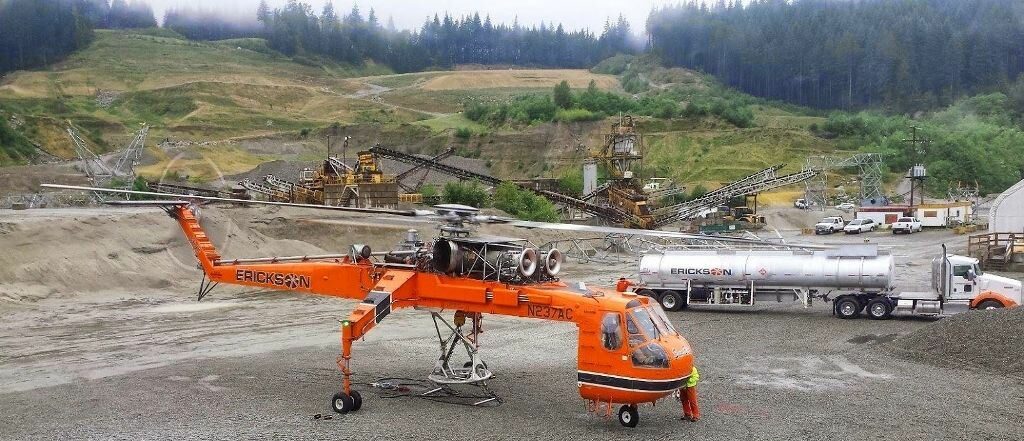
Hydraulic crane
Hydraulic cranes may be simple in design but can perform difficult tasks that would otherwise seem impossible.
In a matter of minutes, these machines are capable of assembling beams on the roads, lifting heavy equipment in factories and even building houses.

How does a hydraulic crane work?
A simple hydraulic system works when a piston pushes down on the oil, the oil transmits all the original force to a piston, which is driven upwards.
That is, when one piston is pushed down, another piston is pushed up.
A hydraulic pump creates the pressure that moves the pistons and the pressure in the hydraulic system is created by one of two types of hydraulic pumps:
- Variable displacement pump
- Gear pump.
Most cranes use gear pumps that have a pair of gears to press the hydraulic oil.
When the pressure must increase, the operator pushes the accelerator pedal to operate the pump faster.
In a gear pump, the only way to get high pressure is to run the engine at full power.
These pistons can be extended or reduced, and when these pistons are connected to a system of levers, the pistons can be used to lift surprisingly heavyweights, as do hydraulic cranes.
What Does It Do? Crane
Tall cranes tower above construction sites and line the edges of shipping ports. Readers will find out how different types of cranes are used to help build skyscrapers, load cargo ships, and much more.
In this hour long, thrill-packed adventure you’ll not only see more than 40 pieces of construction equipment on the job, but how they work together on actual construction sites.
These monster machines even talk! Bulldozers, cranes, dump trucks, asphalt pavers and drillers, bucket trucks, steam rollers, backhoes, concrete pumpers, forklifts, Mine drillers, blasting with dynamite and so much more.
Why do cranes not topple over?
The base of the crane is bolted into the ground and weighted down by giant blocks of concrete. The stiffness of the supporting structure also helps counteract bending caused by unbalanced loads.
Basically, a tower crane has a large load on the other side of the crane. It keeps it balanced like a scale. On other tower cranes, they use cables that relay the force of the lifting to other parts of the crane near the ground, again, providing a counterforce for the weight of the load it is lifting.
Because of oversize loads or mishaps during assembly. In general, mobile cranes tend to fall over because of overly heavy loads, while tower cranes usually collapse in the course of being assembled, taken apart, or extended.
Towering cranes used on construction sites to lift and transport hefty loads can be extremely dangerous and often lethal when they fall over, or when parts or the entire crane collapse due to some structural failure. They’re usually local news unless you lose an entire crane.
A crane is a piece of heavy machinery that is a tower or platform that is equipped with cables and pulleys. They are used to lift and lower materials. The most common use of cranes is in the construction industry and heavy equipment manufacturing.
Crane images


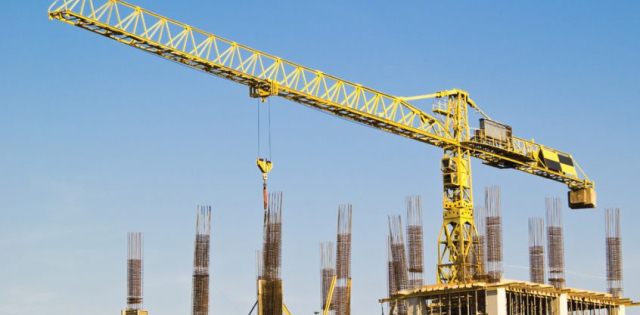
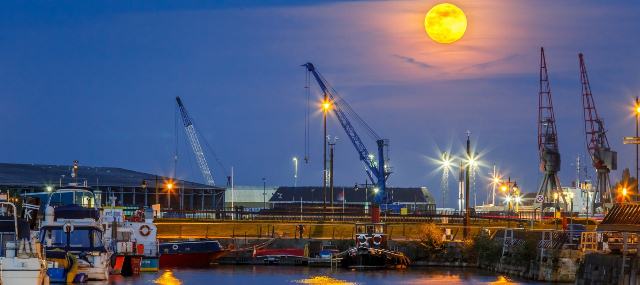


The most read
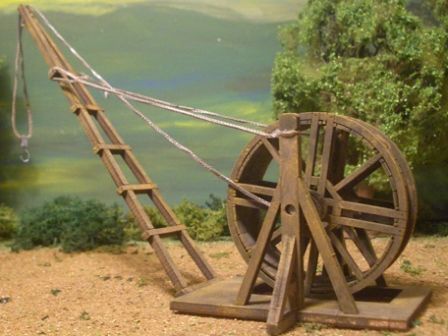
Who invented the crane?
The ancient cranes have been evolving from the load prop to perform various tasks.
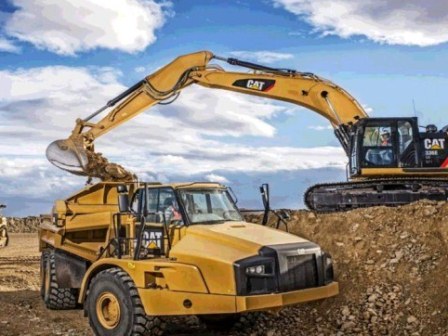
Heavy Duty equipment
The construction machines are those that allow performing different works in the field of land adaptation.
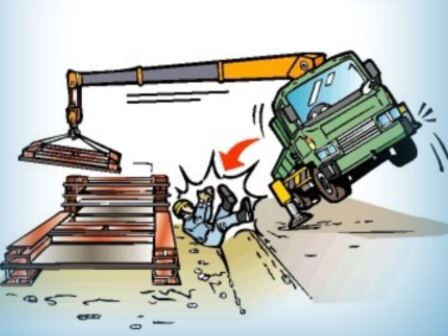
Risk Assessment for Lifting by Crane
A manual provides practical guidance for the safe operation of the crane, provided the crane is used in accordance with the manufacturer’s recommendations.
